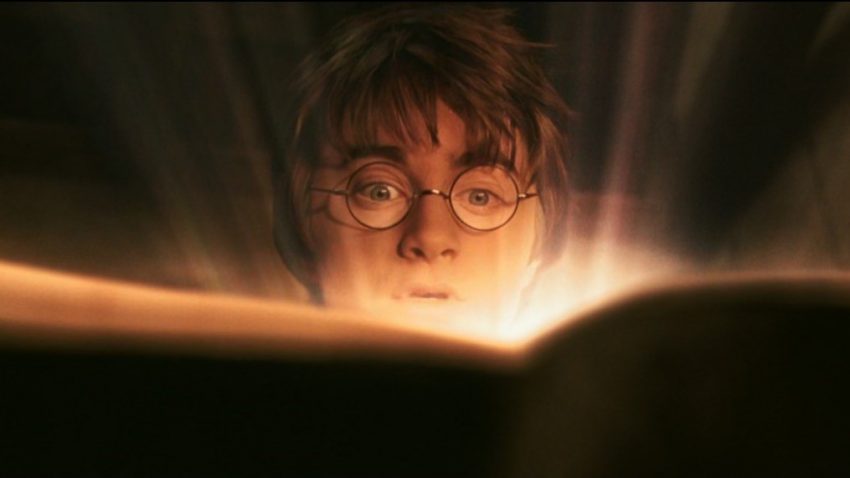The Storytelling Trance Experience is one of the factors that influence the effectiveness of Storytelling.
As we have discussed in the previous article (here), Storytelling is a communication approach that uses stories to communicate something: a message, an identity, a culture.
This narrative approach is based on an instinct that has characterized the man from the beginning of the time: the instinct of telling stories. The man has always told stories, before using his voice than through the written words and recently with the new digital instruments.
Storytelling has become one of the most used communication strategy because the stories have a great capacity to engage and influence the individuals.
In this article, we’re going to define what the Storytelling Trance Experience is and how it works. In this, Harry Potter gives us a good example that help to understand this concept.
WHAT IS THE STORYTELLING TRANCE EXPERIENCE?
The scene of Harry Potter and the Chamber of the Secrets where Harry enters in the Tom Riddle’s diary is a good example of what the Storytelling Trance Experience is and how it works.
In this scene, the young wizard enters in the story told in the diary, he sees it goes on in front of his eyes, he is physically among the characters who talk and act.
Well, the Storytelling Trance Experience is that process where who read, watch or listen to the story is “kidnapped”. In other words, he is so engaged to be transported in the story, in its time and space.
Like any other process, the Storytelling Trance Experience is divided in phases that follow a specific order. These phases are:
1. CONTACT
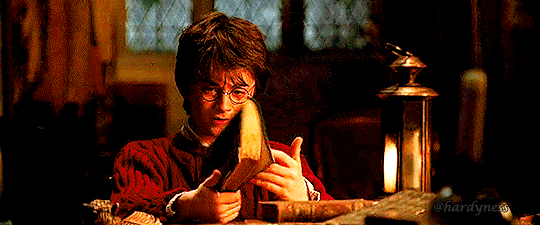
It is the moment when we physically get in touch with the story through our senses. It is the moment when we open the book, start watching the movie or listening to the song.
It’s the moment when Harry starts writing in the diary of Tom Riddle.
2. FAMILIARITY
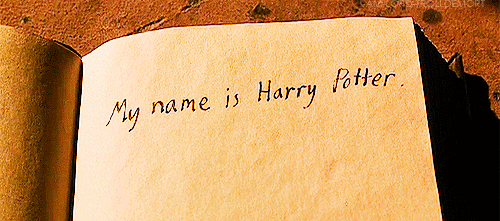
Familiarity is the moment when we start suspending our doubts and we start becoming familiar with the story, we give up to it and we let it carry us away.
It’s the moment where Harry starts talking magically with the diary and he starts getting acquainted to it.
3. IMMERSION
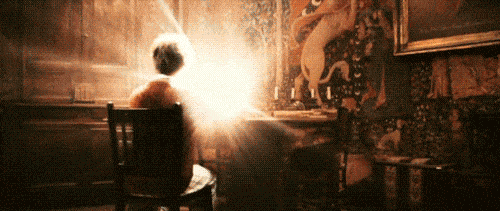
It is the moment when we enter in the story that comes to life.
Harry enters in the diary and in its the story.
4. IDENTIFICATION
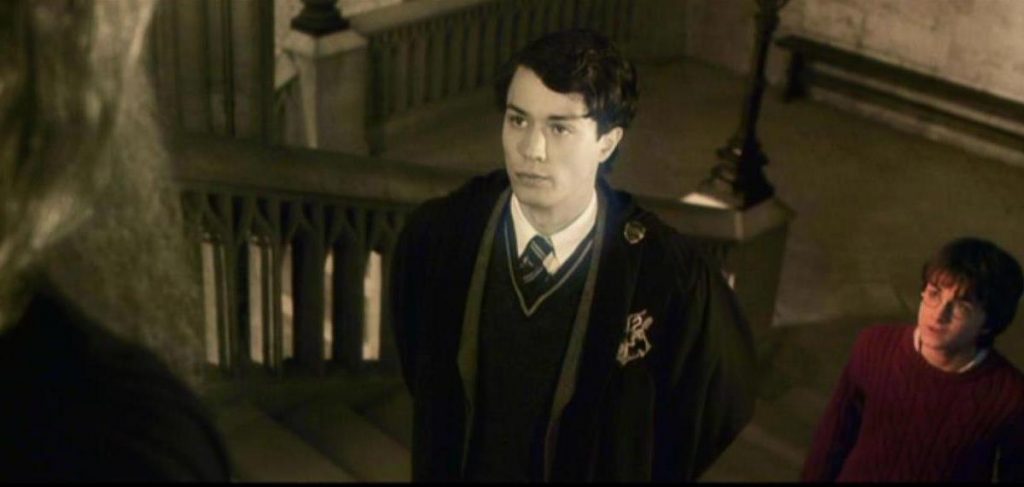
Identification is when, after the immersion, the story comes to life and become part of our own story. We identify ourselves with its reality and its elements. The story becomes part of our physical, emotional and cognitive memories
Harry sees the story goes on in front of his eyes, he feels some emotions, he learns new things and he lives what will become part of his memories.
5. EMERSION
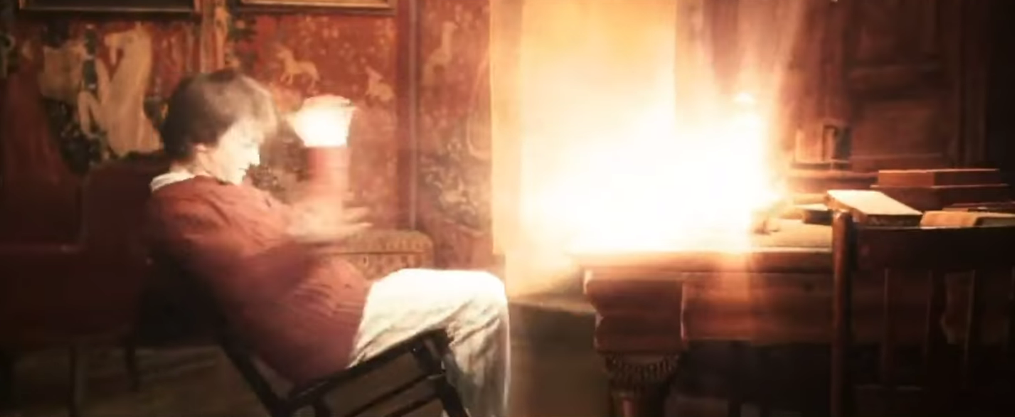
It’s the end of the story. the end of book we are reading, the end of the movie we are watching, the end of the song we are listeting to. It’s the where the narration ends we emerge, we come back to the “real world”.
Harry is dragged back in his room, from the diary. He is confused and lost.
6. DISTANCING
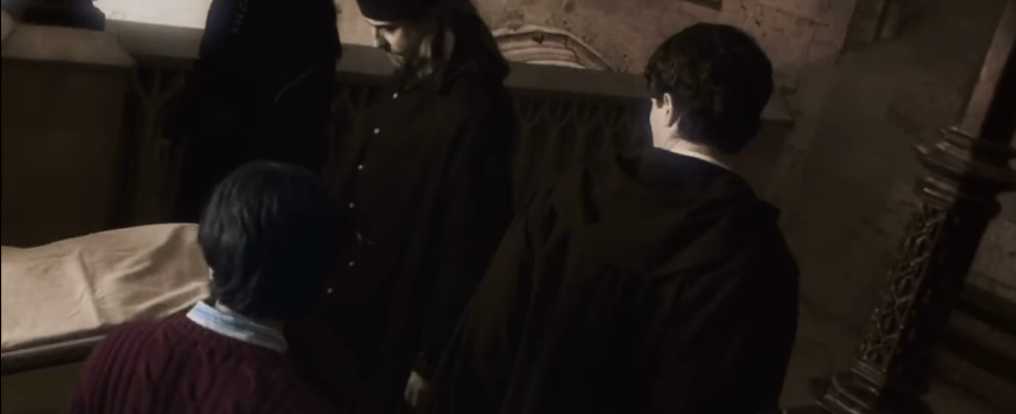
Distancing is when the story ends, some time passes and we start forgetting but something stays inside us. Something stays in our memories: voices, people, images.
Harry, after the episode, talks to his friends and remembers what he has seen, what he has felt and what he has discovered.
7. TRANSFORMATION
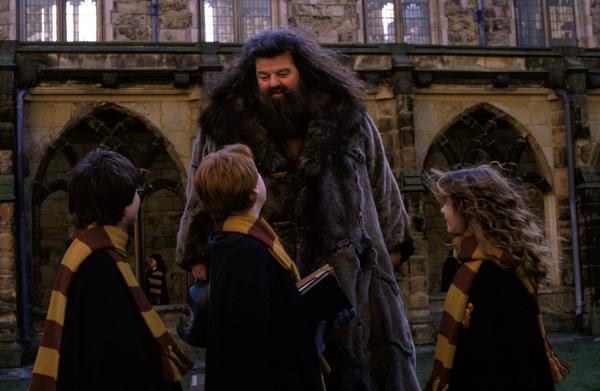
Transformation is what the story causes. It causes changes in our way to see things, in our mood and behavior.
The story takes Harry to see Hagrid in a different way, to feel doubtful and to become diffident towards his half giant friend.
HOW DOES THE STORYTELLING TRANCE EXPERIENCE WORK?
As we have said, the Storytelling Trance Experience is a deep and complicated process based on some phases that follow a specific chronological order. However, this linearity can be altered.
Indeed, some factors can influence the process of the Storytelling Trance Experience and these are the type of the story, its characteristics, the media used to tell it and the narrative structure.
STORYTELLING TRANCE EXPERIENCE AND SENSE OF WONDER
Another factor that can influence and alter the process of Storytelling Trance Experience is its capacity to activate the so-called sense of wonder.
If the story is effective, it is able to take who reads, watches or listens to it to suspend his critical sense, his doubts and his disbelief. In this way, the reader or spectator can consider the story true and real.
It is a self-deception where everyone, as psychological being, falls. This happens when we start becoming familiar with the story and we give up to it.
Coming back to the Harry Potter example, regardless of magic, it is the moment when Harry overcomes his disbelief for the fact that the diary is talking with him and he accept, suspending his doubts, that it is all real and possible.
CONCLUSION
To conclude, the Storytelling Trance Experience is a deep and complicated process that happens under specific circumstances. It is also a deep and psychological experience for the reader or who watches or listens to the story. It can be compared to the hypnotic induction and it is based on the physical need to believe in something.
This need to believe is what determines the effectiveness of a story and what allows us to do Storytelling.

